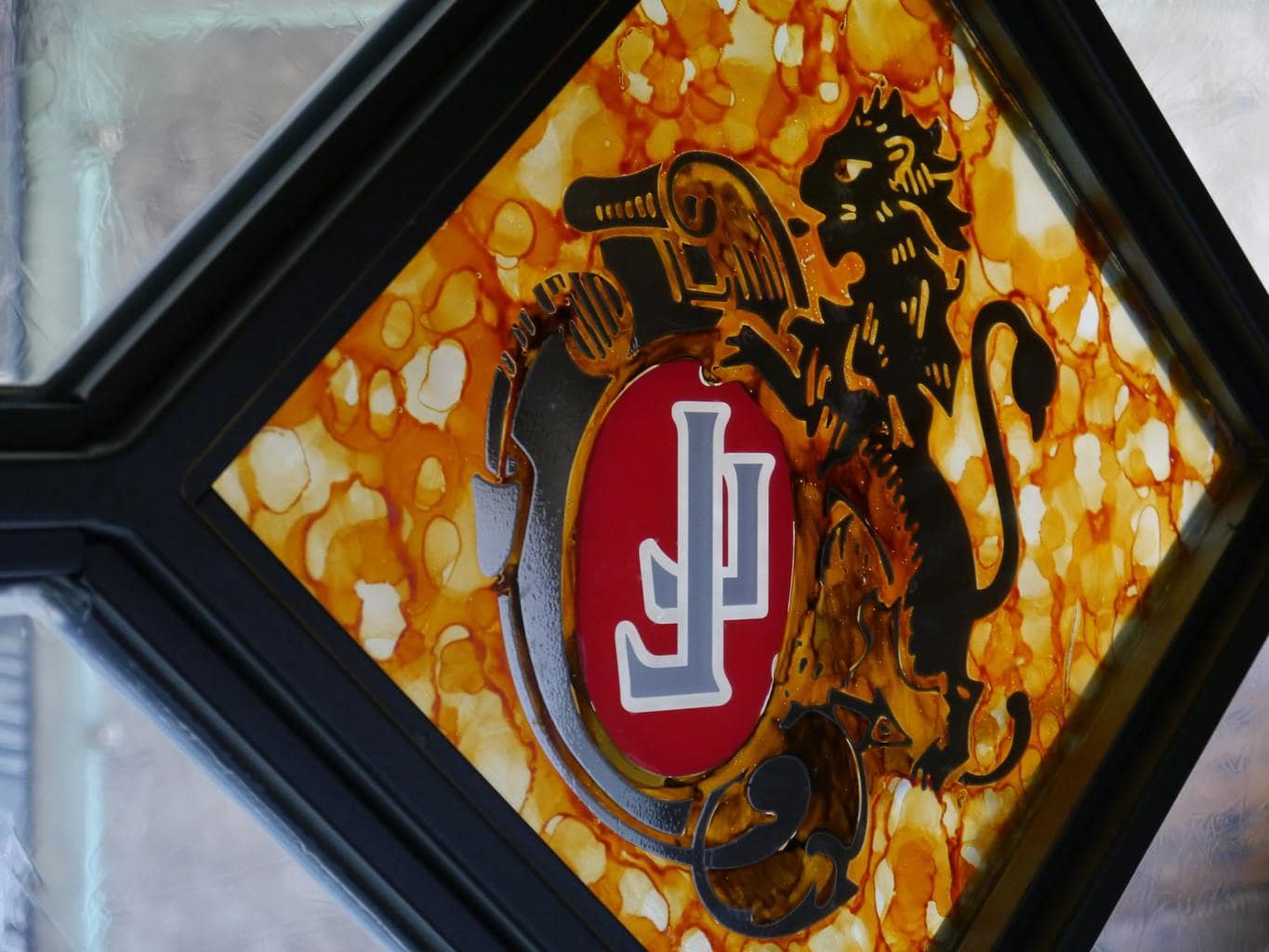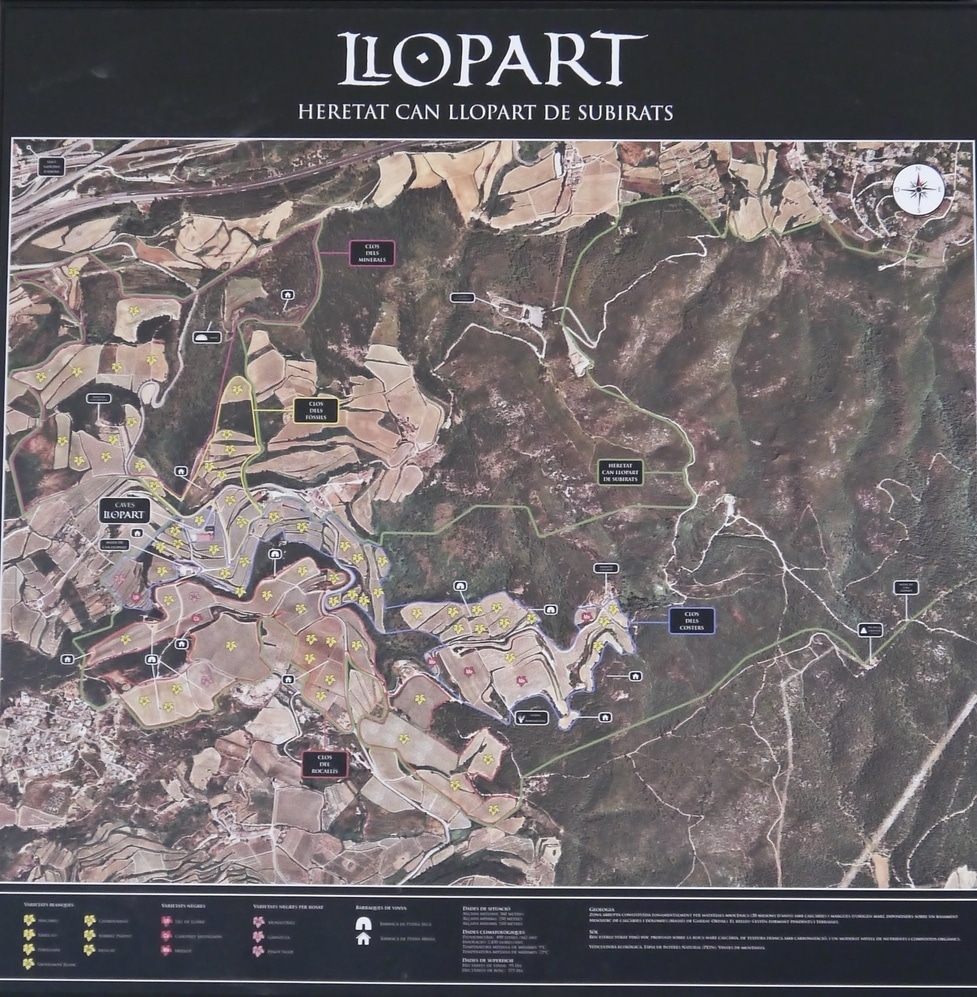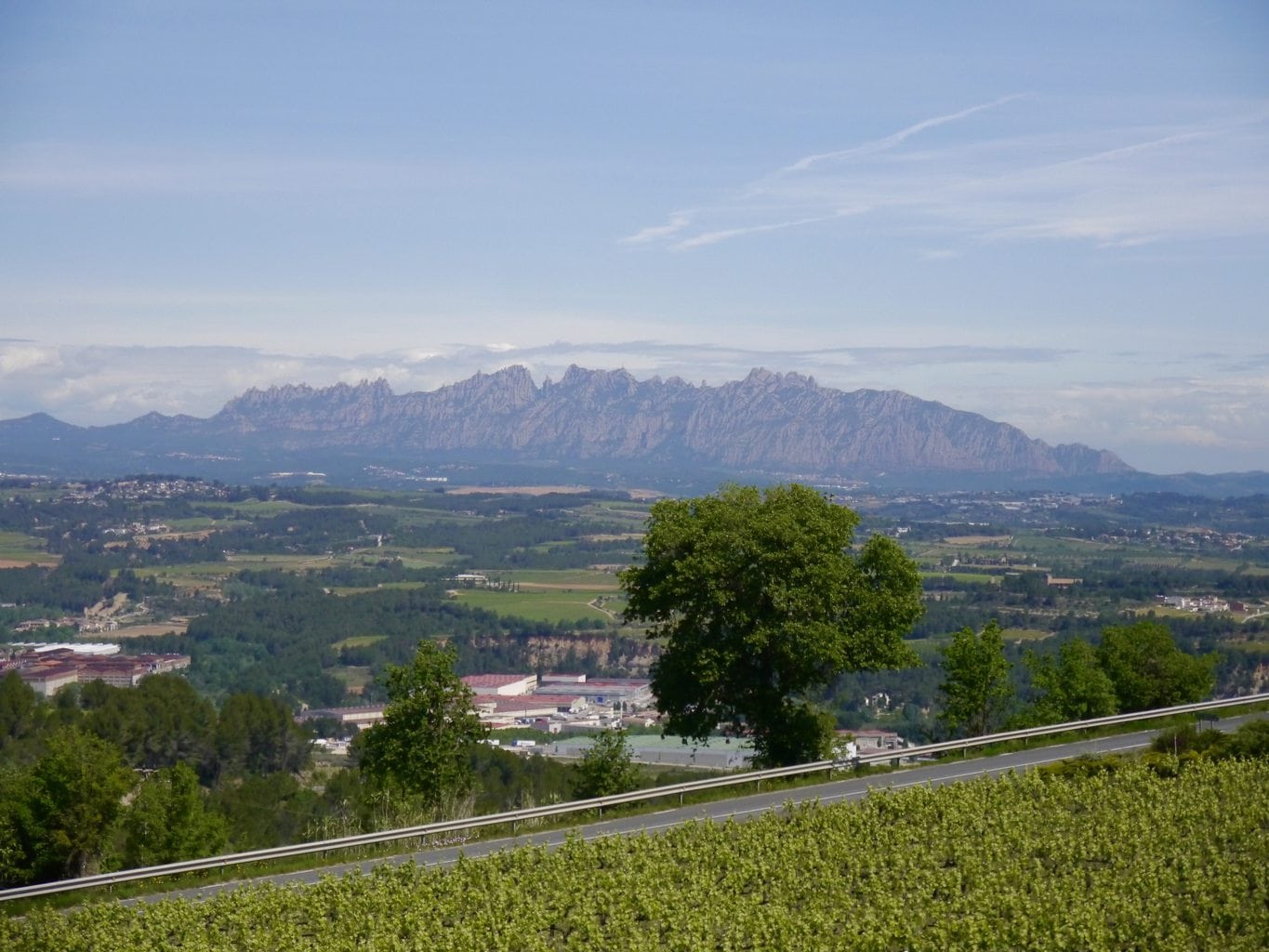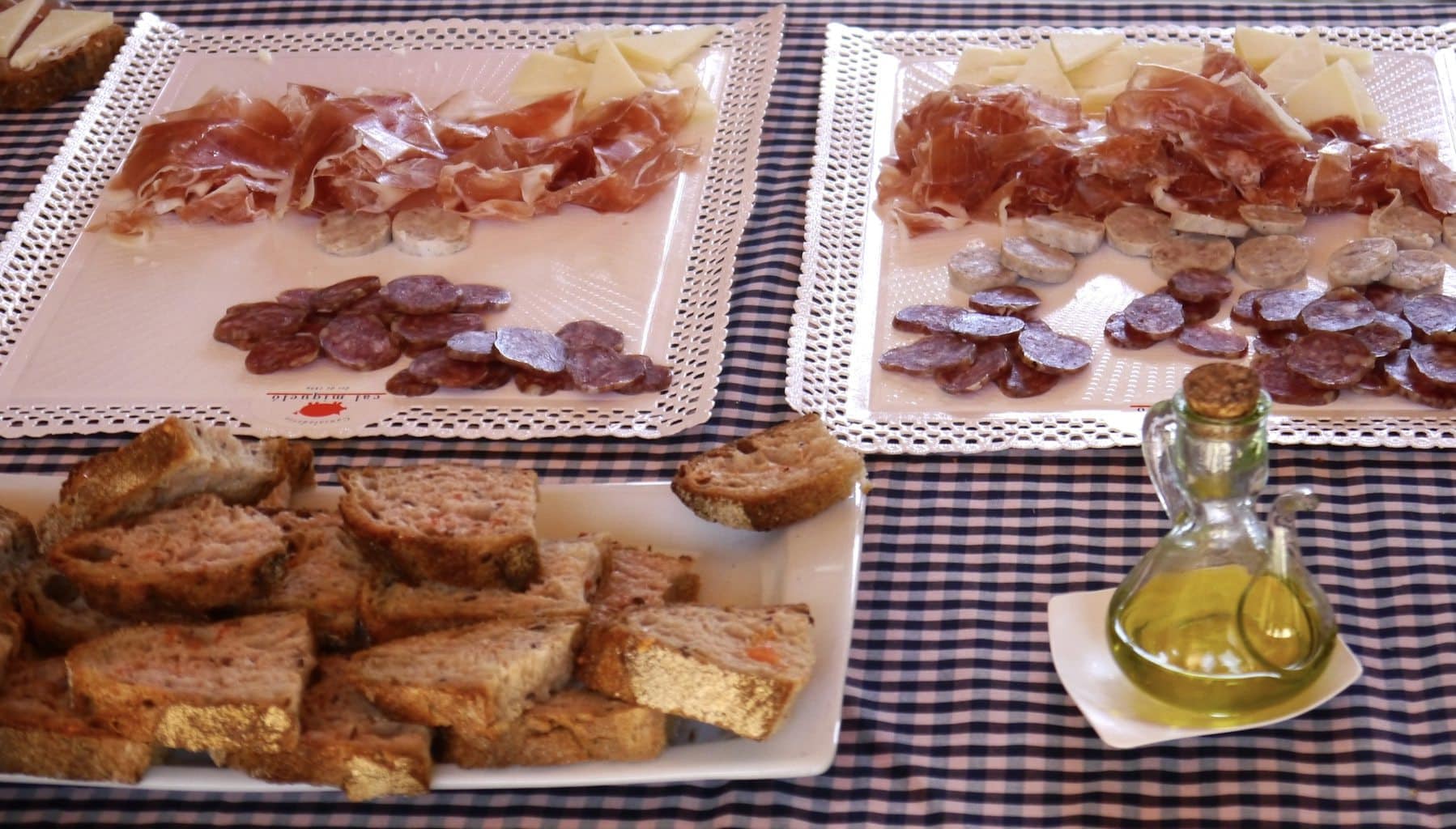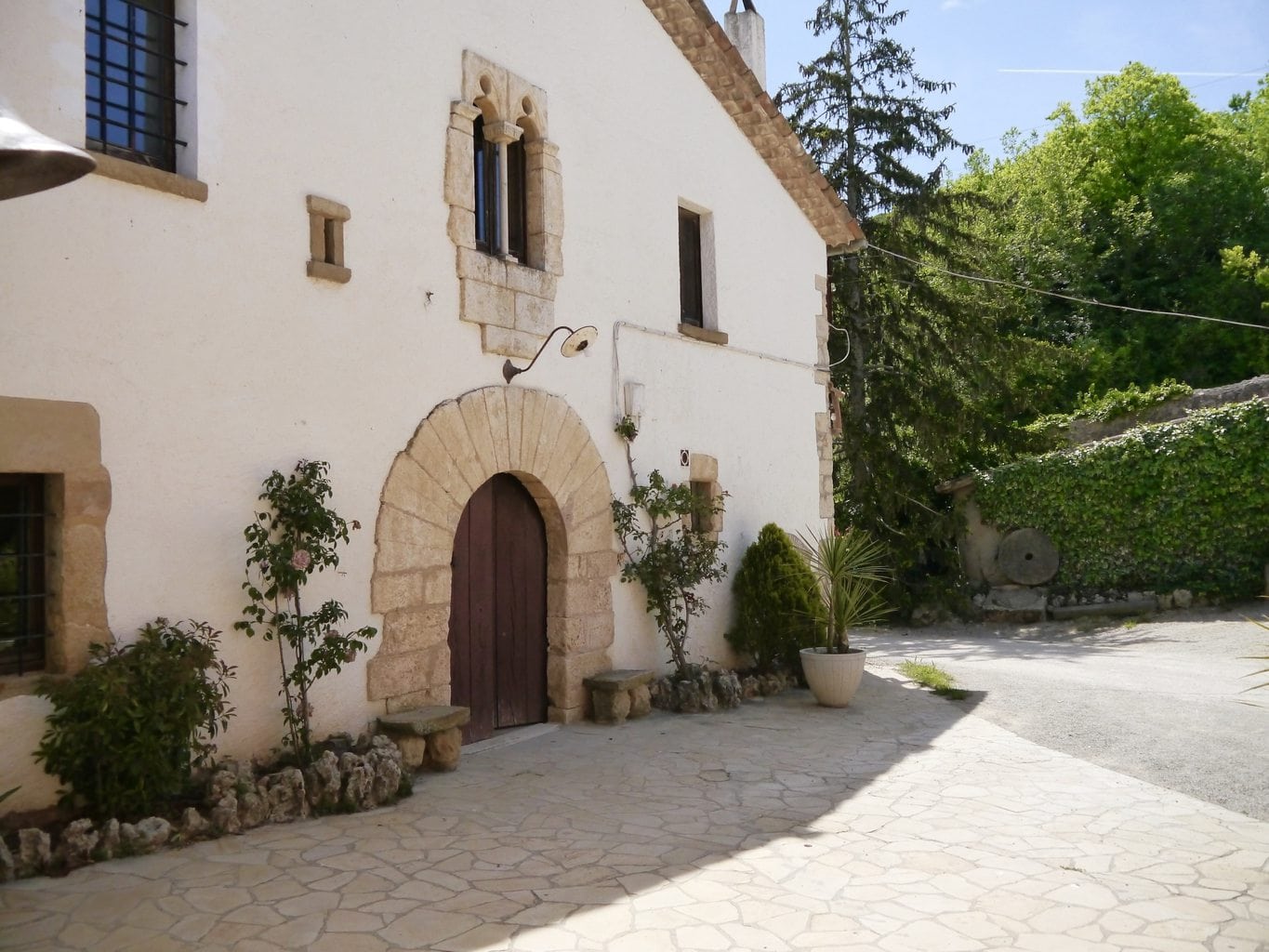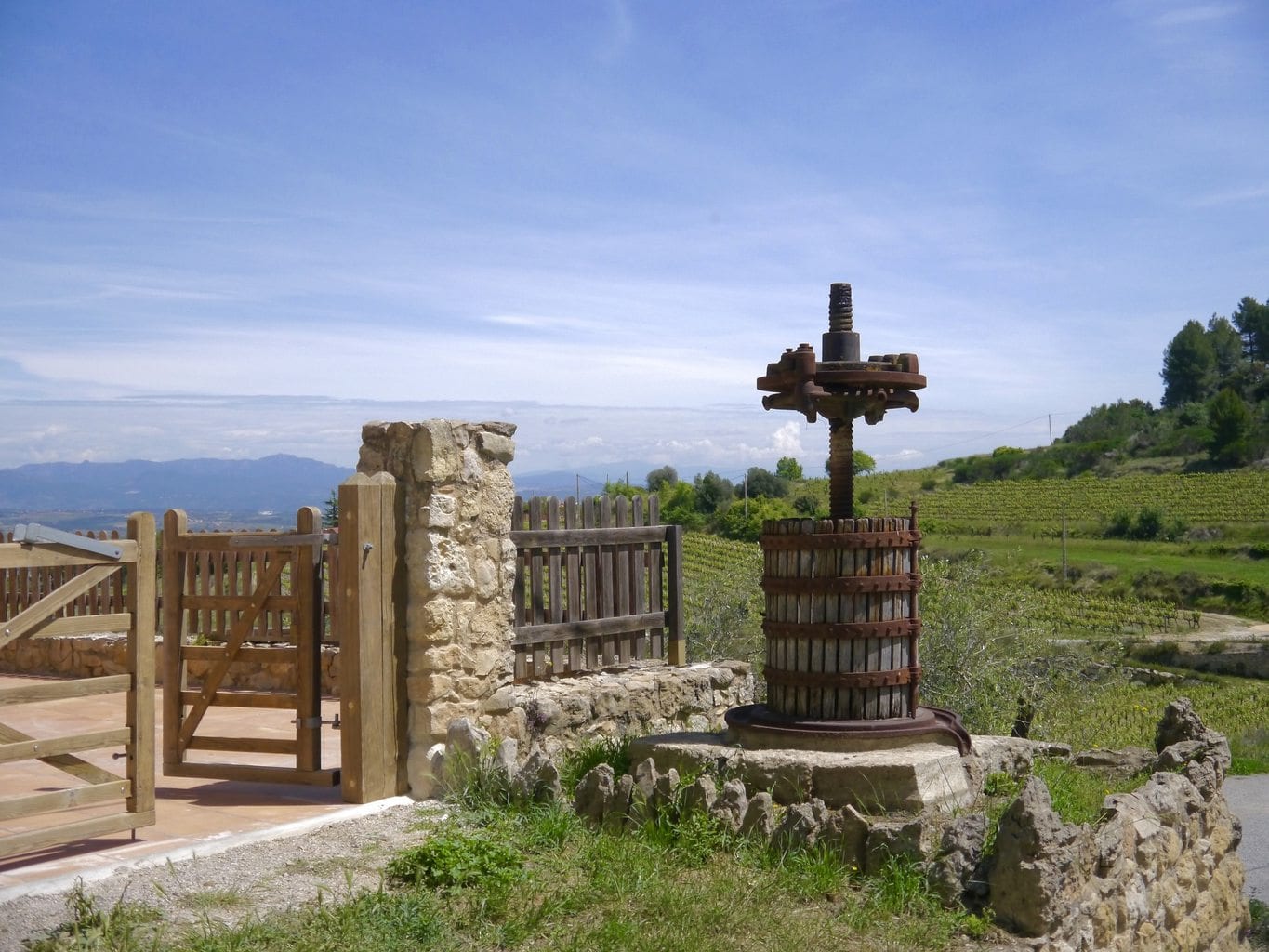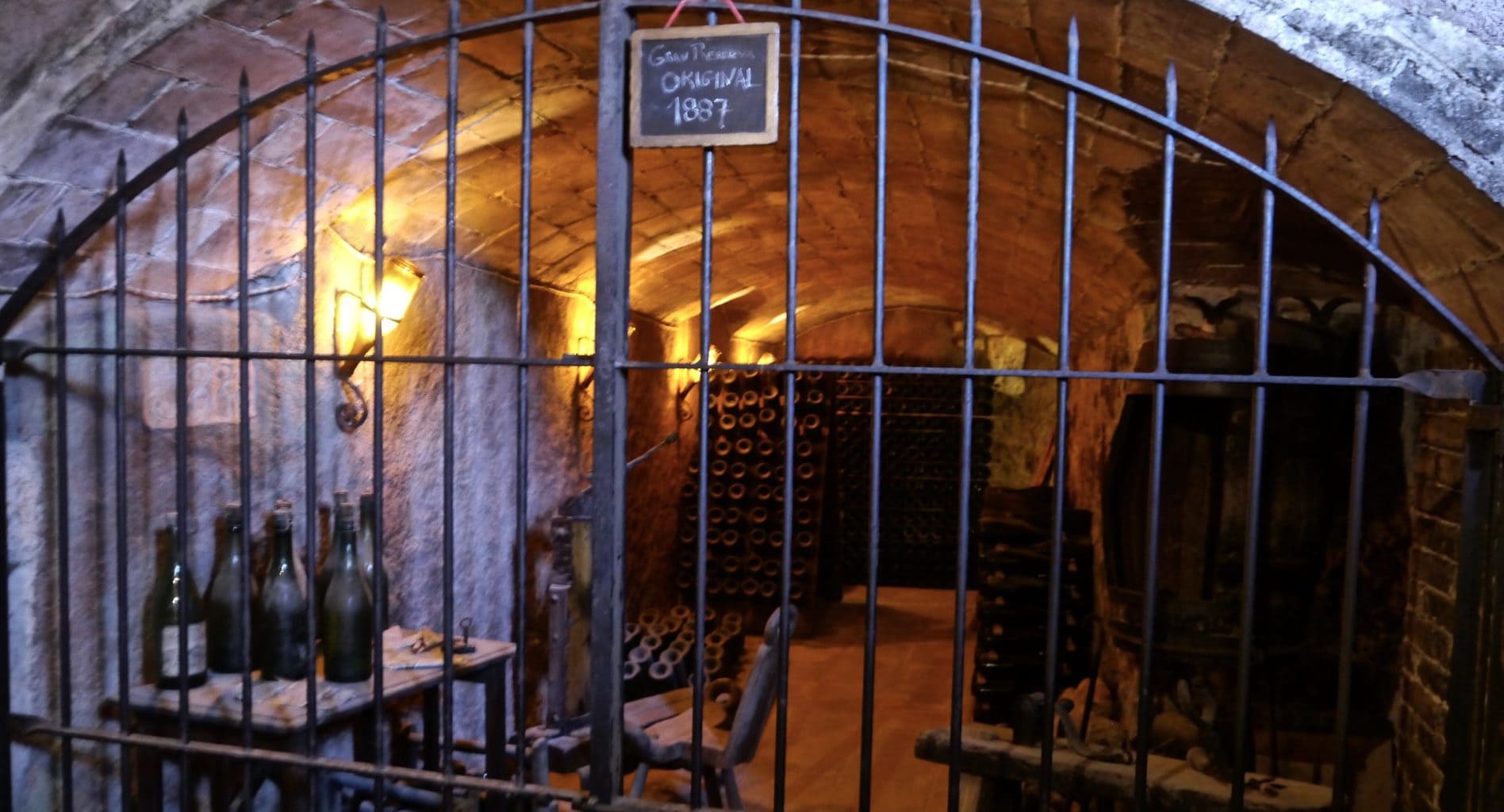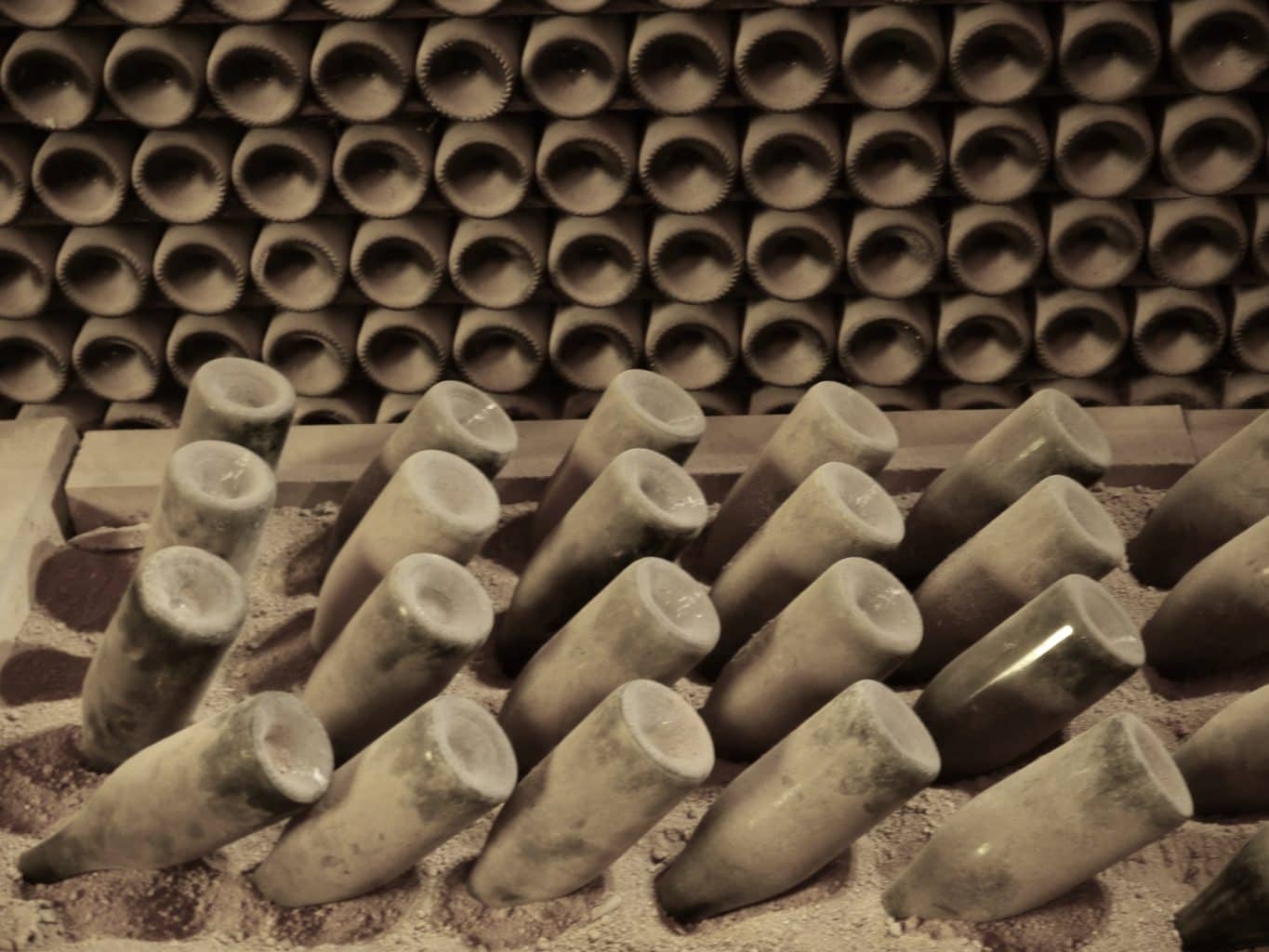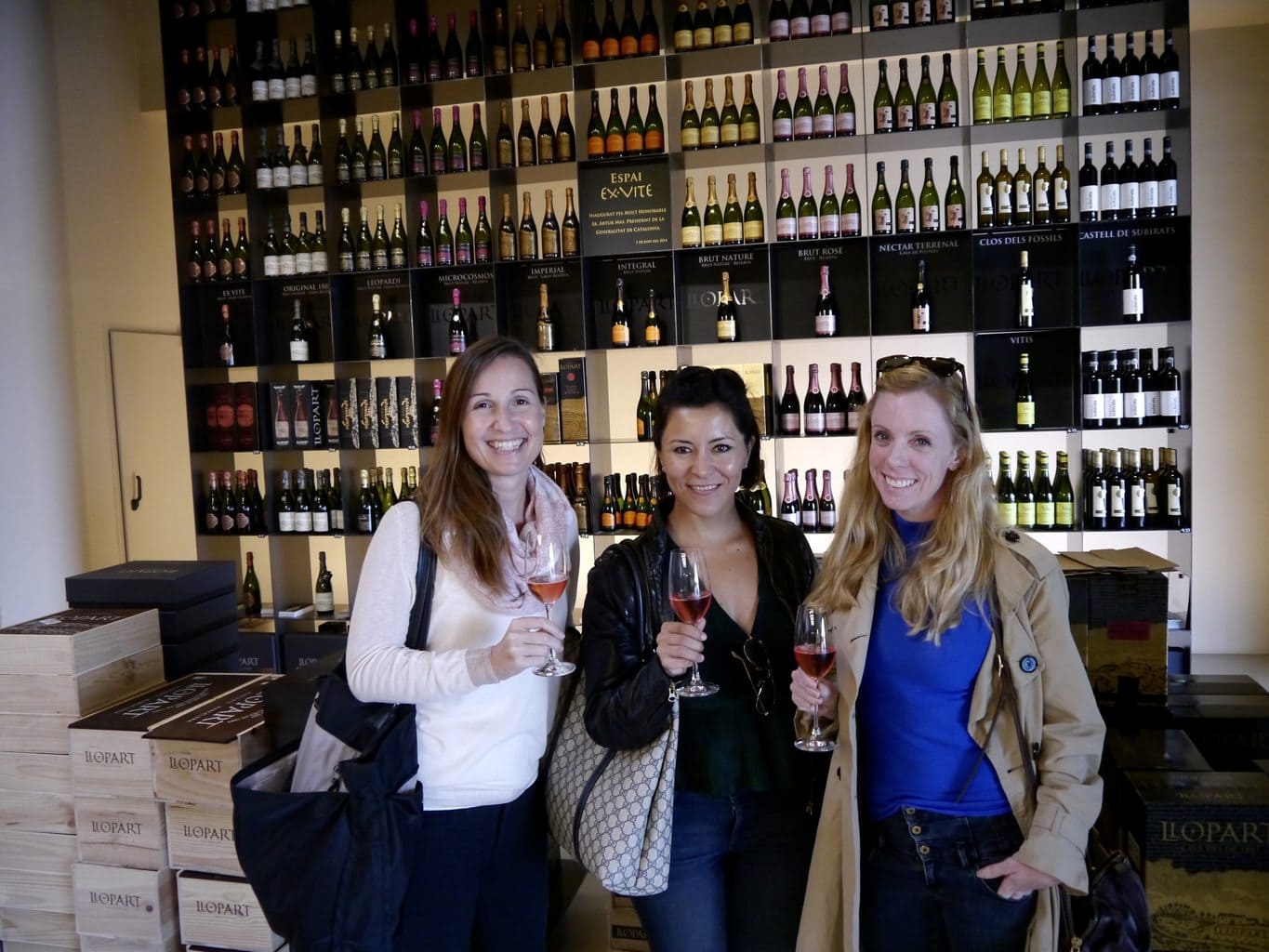
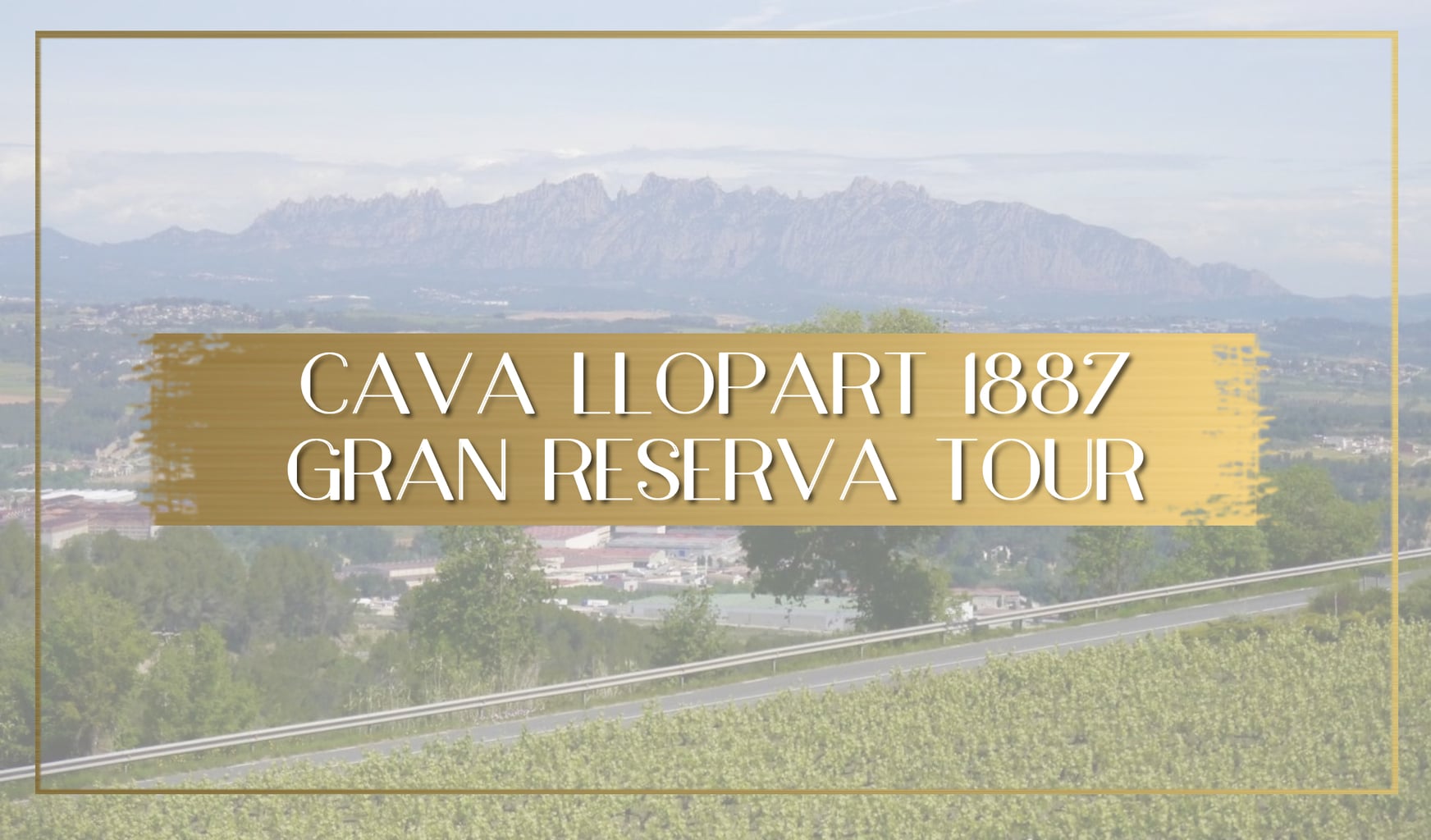
The oldest wineries in the world are located between Italy, Spain, Germany, France and even Mexico. Codorniu is Spain’s oldest winery and also the “inventor” of cava, although it did not start in the cava business but with still wines. The first bottle of cava was issued in 1872, some 320 years after it started producing wines. Today, cava production amounts to about 240 million bottles of which Codorniu produces about 60 million and Freixenet about 140 million.
Not as old as Codorniu but not too far is Cava Llopart, which sold its first bottle of cava in 1887, only fifteen years after Codorniu’s first Methode Champenoise produced bottle and who specialises in craft cava.
Visiting Codorniu today is a rather grand affair. In contrast, a tour of Cava Llopart is still relatively cosy. The cellar and visits take place right under the original family country house that was the center of the first cava bottle they sold, in 1887, and the winery remains where it always was.
Cava Llopart gets its name from the family’s ancestor Bernardus Leopardi, who received land in the current estate in 1385. The family used that land for other purposes, growing olive trees and cereals, and in the middle of the 1800s, it started to focus on vineyards.
Gran Reserva tour Cava Llopart
Together with my sister Maite, her husband Marc, who works for Torres, and two friends and wine lovers from Singapore, Marisa and Kate, we headed on a day out visiting some wineries and cava winemakers in Penedes. After Albet i Noya, Marc had booked us a Gran Reserva tour of Cava Llopart.
Cava Llopart is located in the small village of Subirats, high up above Sant Sadurni d’Anoia, the capital of cava. We snaked through a winding road, with the Montserrat mountain range to the left and the climbing mountain the right. The road was worth the trip in itself.
The tour started at the main building where the shop is and where we were explained the location and soil characteristics of the property. Cava Llopart splits its properties into three depending on the soil and benefits from both having vineyards on the steep slope as well as on the valleys and with different soil types. From there, we descended in a spiral staircase down to the cellar and came back to cross towards the old farm house. This was the star of the visit.
Llopart’s farm house os where that first bottle of cava was produced and the cellar where the bottles were turned and stored is still there in the same place it always was. The country house is a beautiful typical Catalan country house with a large front door and a cellar in the basement where the wine used to be stored.
Before we visited the house, along came a plentiful Catalan breakfast with ham, fuet cured sausage and cheese with bread spread with tomato and an olive oil drip to drench the break in. But the most stunning part of the breakfast was not even the food spread that laid in front of us but the views over Montserrat.
We were graced with a stunning clear sunny day and the views were simply the best pairing for that breakfast. And of course, we also got to try three of the premium Llopart caves, including the Original 1887, made from the oldest vines and labelled with that same lithography used on the first label. Ex-vite, the Gran Reserva Cava was also on the menu. This was an incredible start to our tour, I will admit it.
Our guide took us around the winery, first into the old country house, down to the dungeons where the first bottles were, for a glimpse into history, then to the vineyards and finally through the narrow corridors and subterranean network of caves lined with bottles.
“Craft cava” at Cava Llopart
Cava llopart focuses on producing “craft cava”, fully hand made and produced from family owned vineyards. The bottles of cava that you buy at the store are the same bottles in which the base wine was first bottled. They are mostly manually turned, and finally disgorged.
All of the wine used by Cava Llopart comes from the vineyards in the family, some of which are over 100 years old and were replanted right after Phylloxera. Some of the rootstock from these old vines is used to replant the newer vineyards.
Llopart first produces the different monovarietal wines which are then blended in what is called coupage to make the base wine for cava. Once the coupage is done, the bottles are refilled with a fermentation liquor and yeast, then covered again to carry out a second fermentation. All these thousands of bottles line the walls of the subterranean corridors at Cava Llopart. Tunnels and tunnels of glass walls silently and quietly resting, awaiting second fermentation, which is what creates the bubbles in the cava.
The second fermentation ends when the yeast has eaten all the sugar in the liquor and has died. This dead yeast needs to be removed. In most large cava wineries this process is automatically done with robots that slowly turn the bottles from the horizontal position to the full vertical over the period of a few days, and then finally disgorges the bottles, opening them and popping the top cap made of yeast out of the bottle.
At Cava Llopart this process is manual. Each bottle is manually tipped a bit every few days so that over the course of a few weeks it goes from horizontal to vertical, facing down. A person then manually opens each bottle to pop the yeast without letting the cava follow. This is a time consuming and highly killed job that is fascinating to see.
Once the bottles have been disgorged they are aged, although not for very long.
Cava Llopart tasting
After the tour it was time to sample some more of the caves including some sweet girly lovely rose wine which ended up being purchased to take home.
The final tasting took place back at the entrance, in an airy and high ceiling room where the entire range was on display. Not being a huge fun of fizzy drinks of any kind I found Cava Llopart to be much more refined and extra polished. The craft element of it was indeed visible. A totally worthy visit.
- Check if you need a visa, get help processing it at iVisa.
- Never ever leave without travel insurance. Get affordable coverage from World Nomads or long term insurance from Safety Wing.
- I find all of my flights on KAYAK. Check their Deals section too.
- Search for all your transportation between destinations on the trusted travel booking platform Bookaway.
- I book all my day trips and tours via GetYourGuide, they are the best and their tours are refundable up to 24h in advance.
- Get USD35 off your first booking with Airbnb.
- Compare hotels EVERYWHERE at HotelsCombined and book with Booking.com.
- Compare car rental prices at Rentalcars.com

